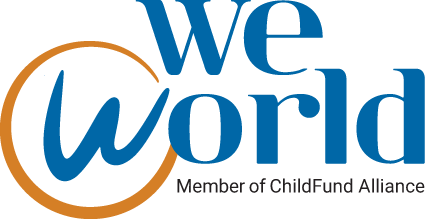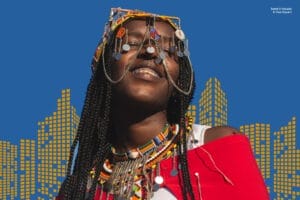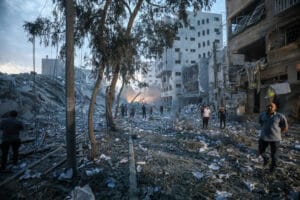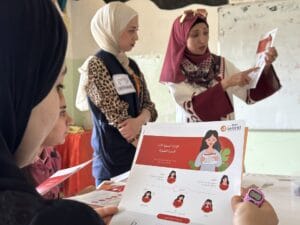
The power of the ‘unspoken’ offers a form of communication that allows the exploration of emotions to those who are unable to express themselves verbally due to social, cultural, psychological or physical conditions.
My name is Giuliana, and I had the opportunity to participate for six months in the European Solidarity Corps programme, funded by the European Union, as part of the MorEYoung project. I did my volunteering period in Dar es Salaam, Tanzania, with WeWorld. With a post-graduate diploma in art therapy, my experience focused on the area of mental health through artistic expression activities. Together with Vincent and Shada, two Tanzanian facilitators with whom I worked, we implemented activities aimed at primary school children living in vulnerable conditions, focused on their psychosocial well-being and which allowed them to stay in school.
We worked in five primary schools with the aim of identifying children to be supported through local networks. The activities addressed sensitive topics such as dreams for the future, recognising one's strengths, the ability to say no and the value of children's rights. The sessions, conducted over a three-month period on a weekly basis, proposed methodologies such as painting (using tempera or local natural spices), drawing, collages, construction and sculpture, role-play and community artwork.

In Tanzania, open discussion of emotions is culturally uncommon, corporal punishment is still legal in schools and overcrowded classrooms create difficulties in understanding lessons, leaving most students behind. Art is often seen as an activity reserved only for the ‘talented’ and marked by strict criteria: you must draw in a specific way, otherwise ‘it is no good’. This approach tends to suffocate creativity and prevent free expression. For this reason, it was important to offer a free and non-judgmental space, with classes of up to 14 students, where everyone could create freely.
Among the most significant experiences, I remember a session in which we asked the children to draw a space in which they felt safe. Next to football fields and green spaces, some of them drew a black circle, explaining that they only felt safe when they closed in on themselves. In those moments, our role was to be present, to listen without judgement and to offer them support by following them throughout the weeks. Experiences like this show that, even without words, art can give voice to thoughts that are difficult to express verbally.

There is often a general tendency to think that children do not feel intense emotions because they do not fully understand events, but the reality is that they are extremely aware and absorb a lot from their environment. This course offered them a safe space to explore and express difficult feelings, making them feel listened to and valued.
Finally, as a last great satisfaction, thanks to the on-field experience with WeWorld in Tanzania and Kenya, and the collaboration with educators at the different schools, I developed a practical toolkit to implement therapeutic art activities in a safe and adaptable way in different contexts. This tool is designed to offer guidelines on how to provide initial emotional support to children and create activities that are easily adaptable to local needs, and thus replicable in many other contexts.
The act of being in control of the canvas, being allowed to experiment safely and freely, is a simple but highly healing way to restore some self-confidence, to give space to creativity, which is fundamental to the growth of every individual, and to give voice to complex thoughts in a non-invasive way, even re-elaborating past events that are difficult to process.
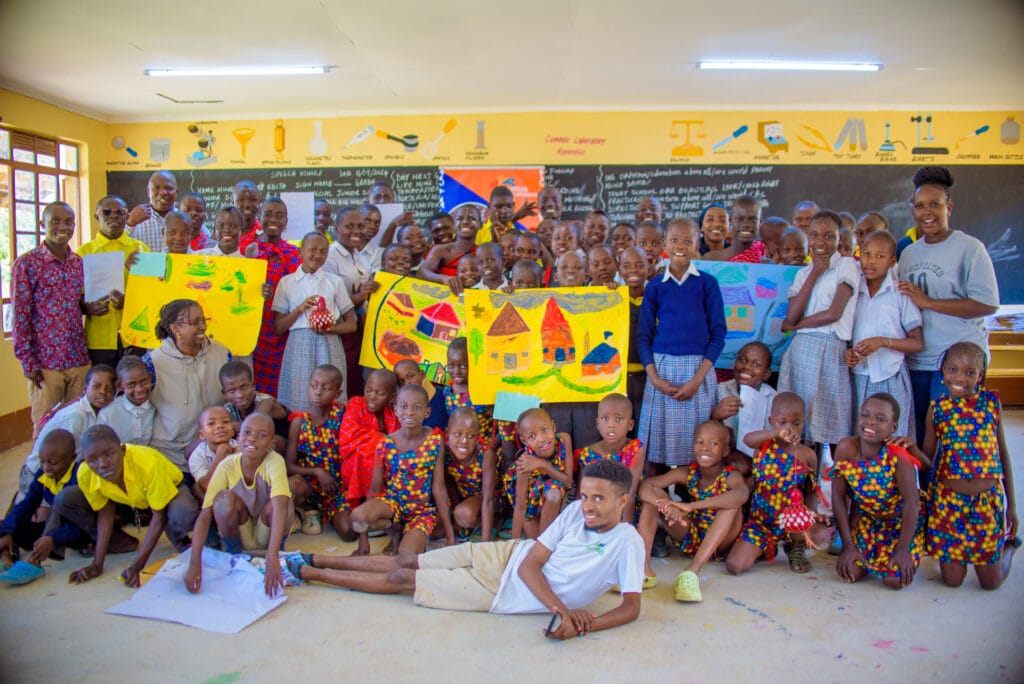
I hope that the work done will continue to inspire other initiatives. I thank WeWorld and the European Solidarity Corps programme for making this experience possible and for their commitment to education, which focuses on children's rights and on reducing school drop-out.
Funded by the European Union. Views and opinions expressed are however those of the author(s) only and do not necessarily reflect those of the European Union or EACEA. Neither the European Union nor the granting authority can be held responsible for them.

